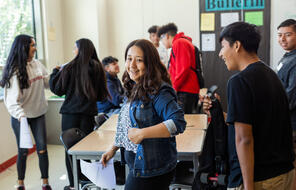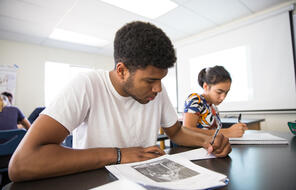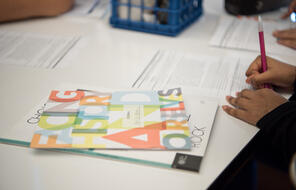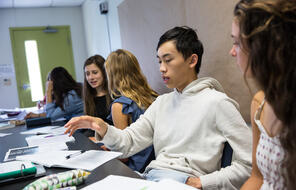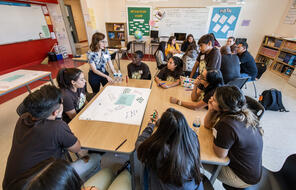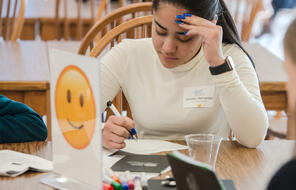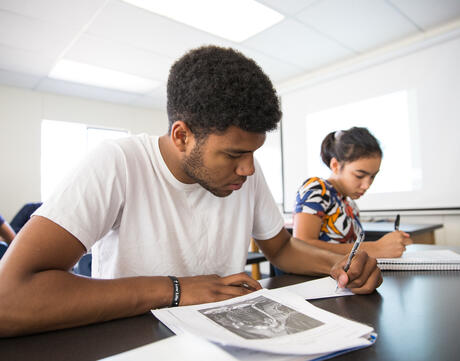
Teaching Strategy
Create a Headline
This strategy helps students synthesize and articulate the most important takeaways from a variety of resources containing information about a particular topic or theme.
Subject
- English & Language Arts
- History
- Social Studies
Grade
6–12Language
English — USPublished
Overview
What Is the Create a Headline Strategy?
By creating a concise headline to represent what they learned, students must identify main ideas and patterns and then make a judgment about which of those ideas and patterns are most important. Often the source or sources used in this activity shed light on underlying issues that influenced the events of a particular historical era.
Lesson Plans
How to Use the Create a Headline Strategy
Variations

Inspiration, insights, & ways to get involved
Subscribe to our email updates



